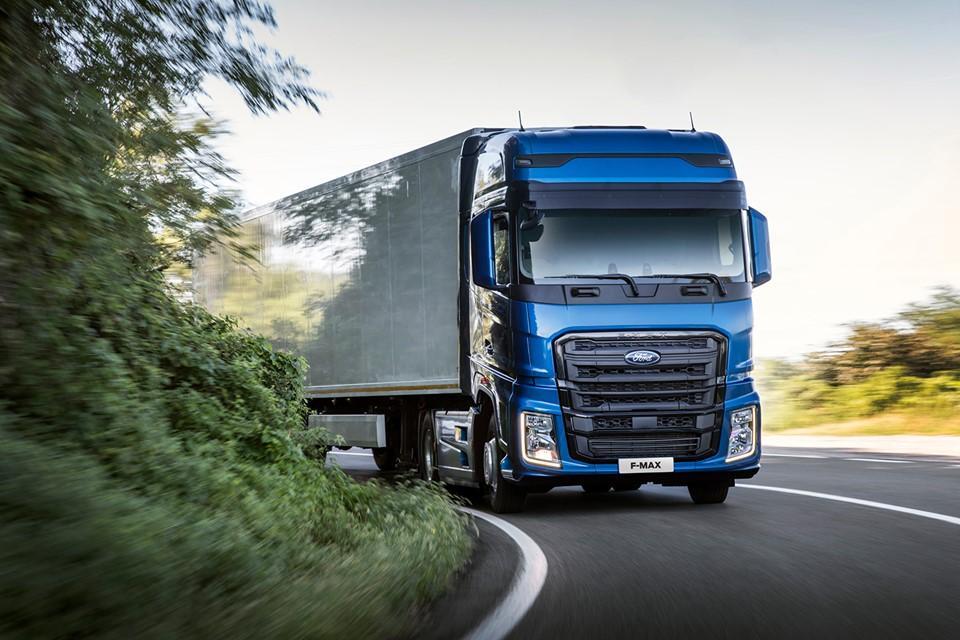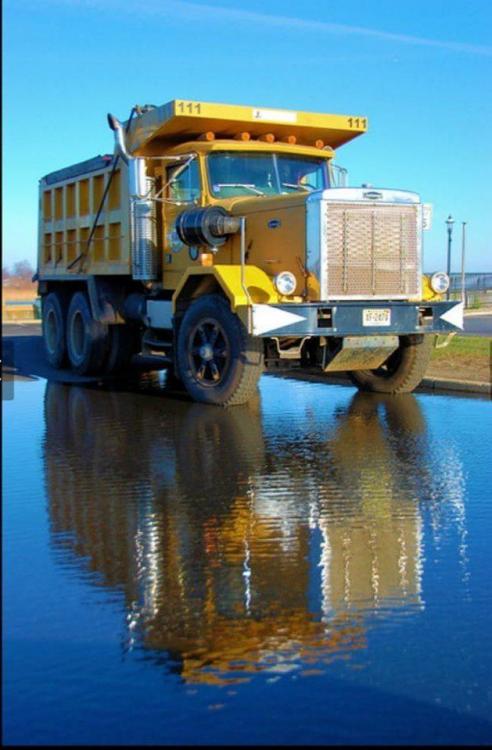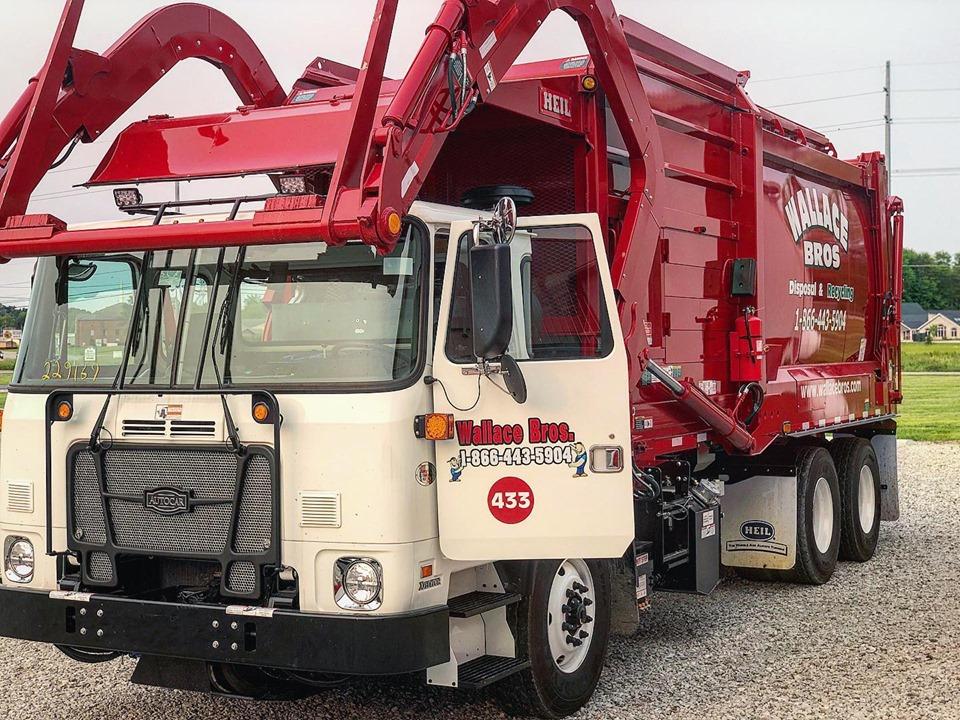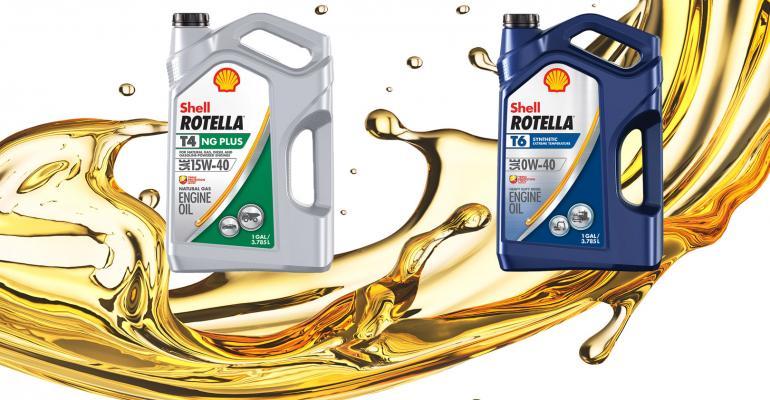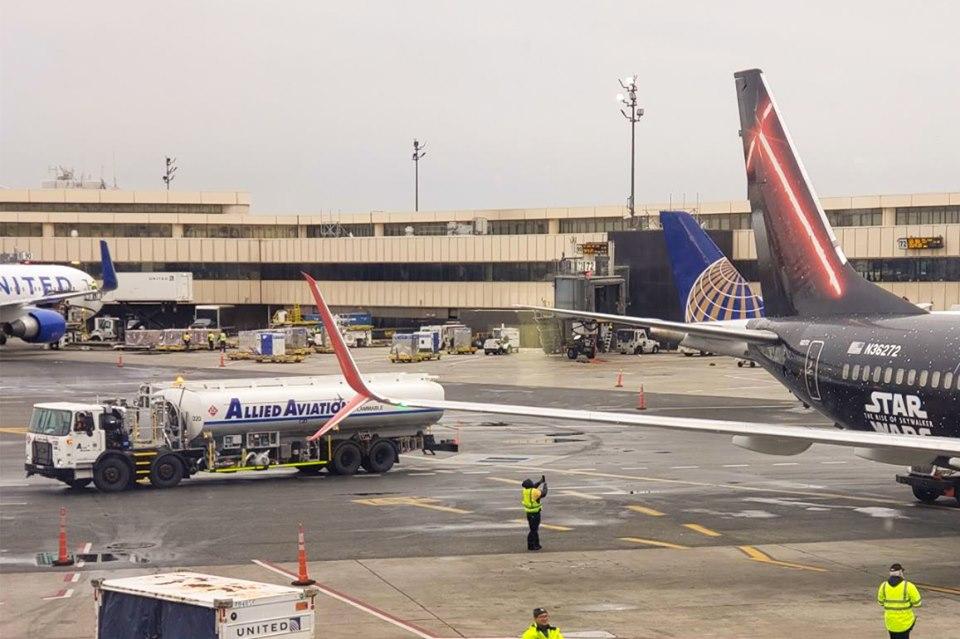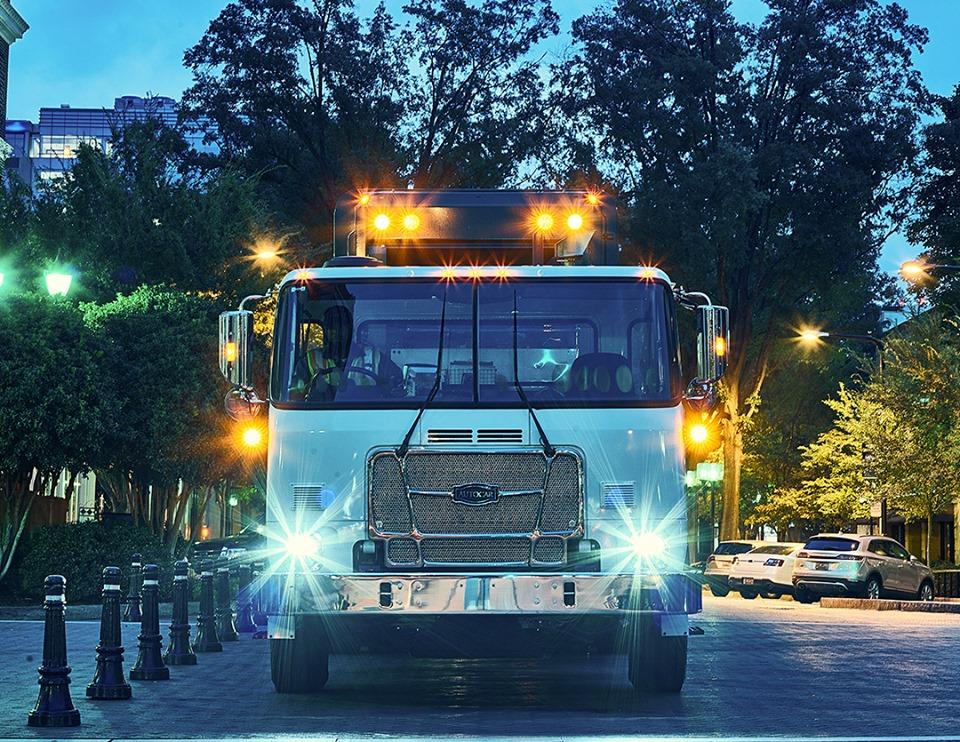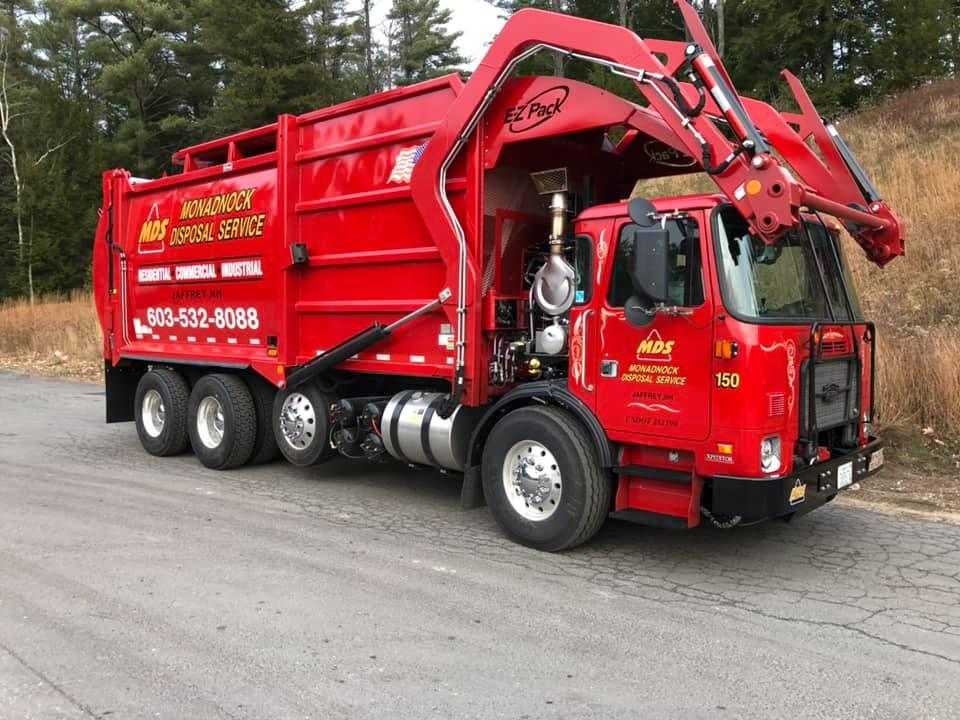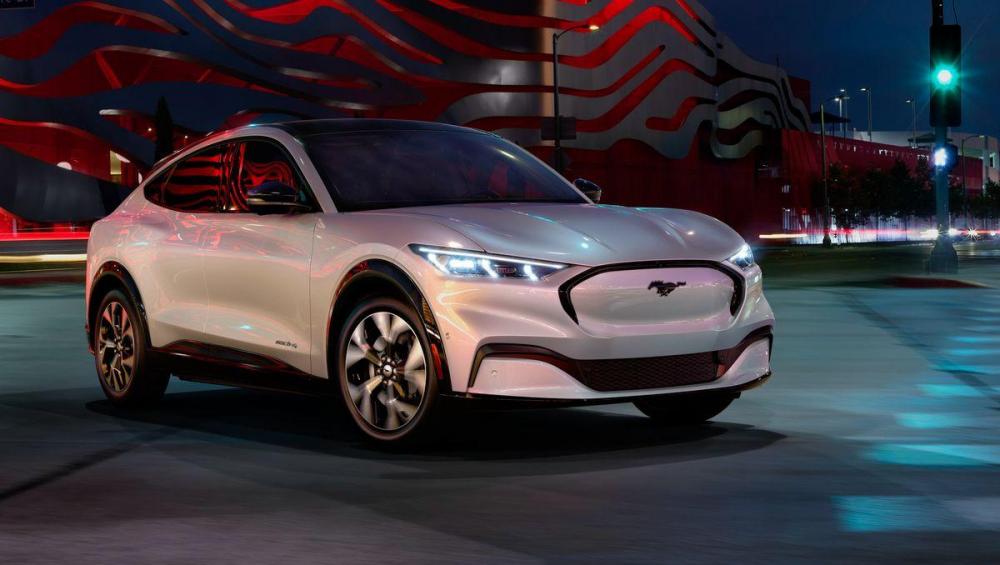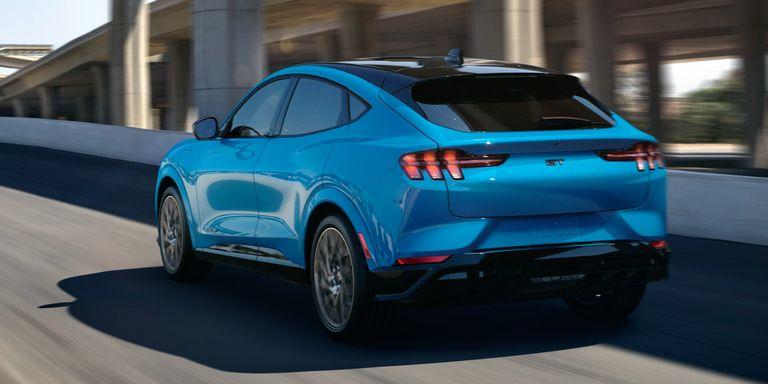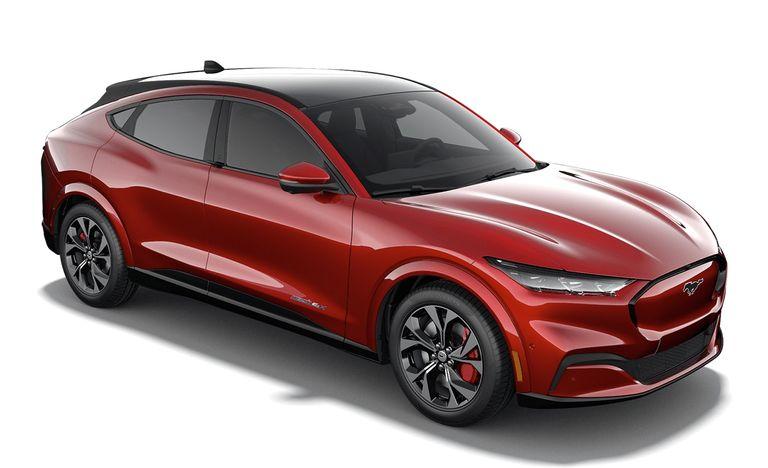
kscarbel2
Moderator-
Posts
18,541 -
Joined
-
Days Won
112
Content Type
Profiles
Forums
Gallery
Events
Blogs
BMT Wiki
Collections
Store
Everything posted by kscarbel2
-
-
Ford Trucks International / November 21, 2019 Designing the truck of your dreams is easy with the Ford Trucks F-MAX configurator! https://fmax.fordtrucks.com.tr/en/select-model https://www.facebook.com/FordTrucksInternational/videos/441583646742917/ .
-
It's Thursday afternoon, time for a #TBT post. When we saw this shot of an Autocar DK64B by @JimmyMcternan we knew we had to share it with you. If you have an #Autocar photo to share, email it to socialmedia@autocartruck.com Always Up - Autocar Trucks .
-
Hendrickson
-
escutcheons 51QS21 55QS23 5QT15
-
Medium-Duty Sales Continued to Climb in October
kscarbel2 replied to kscarbel2's topic in Trucking News
Which means if Ford had a serious Class 7 contender........with available Cummins/Allison drivetrains, Ford could get a serious share of the municipal and power company business. -
Transport Topics / November 20, 2019 U.S. retail sales of medium-duty trucks rose 12.4% in October, led by strong gains in Class 6 vehicles, WardsAuto.com reported. Sales overall reached 21,184 compared with 20,631 a year earlier, according to Wards. Year-to-date sales climbed 7.1% to 210,930. In the 2018 period, they were 196,997. Class 6 sales soared 30.3% to 7,803 compared with 5,988 a year earlier. Ford was tops, selling 2,601 trucks, or 33.3% of the total. “I think the stronger Class 6 sales are the manifestation of the very strong order intake in 2018,” said one industry analyst. “My hunch is that most of the sales are to municipalities and construction end markets. From a volume perspective, Ford’s new product continues to be very well received.” Ford Motor Co. undertook a complete refresh of its entire commercial vehicle lineup beginning in April 2018. Optional elements on these lines include adaptive cruise control, electronic stability control, lane departure warning and driver alert system. Telematics and data services are also available as is automatic emergency braking, according to the company. Class 7 sales jumped 15.2% to 6,667 compared with 5,785 a year earlier. Freightliner, a unit of Daimler Trucks North America, sold the most, 2,475, or 37.1% of the total. Sales of Class 4 through Class 5 trucks slipped 1.5% to 8,714 compared with 8,858 in the 2018 period. “I am not quite certain what to make of the slowing in the Class 4 and 5 market. There is some shifting of share, but nothing that suggests what end markets might be responsible for the softness,” he said. In related news, Mitsubishi Fuso, whose major shareholder is Daimler AG, announced it recently began shipping its FE180 gasoline fueled cabover Class 5 work truck to dealerships in the United States and Canada, and described the truck as an industry first, given its fuel. He called the truck an interesting move. “Medium-duty buyers are subtly shying away from diesel and selective catalytic reduction in favor of less expensive, simpler gasoline. It removes a hurdle for any truck maker. It is also an interesting play for those who hope to play well in the California Air Resources Board market,” with its strong emissions-control regulations, he said. Justin Palmer, CEO of Mitsubishi Fuso Truck of North America Inc., said: “We’ve listened to our customers and answered their request for a less complex powertrain enabling them to focus their attention on their business, not their truck.”
-
GM lawsuit accuses FCA of labor corruption over last decade Hannah Lutz, Automotive News / November 20, 2019 DETROIT — General Motors on Wednesday filed a federal racketeering lawsuit against Fiat Chrysler Automobiles and three former FCA executives who have pleaded guilty in an ongoing federal corruption probe involving the UAW. GM says FCA engaged in a "multiyear pattern of corruption ... to undermine the integrity of the collective bargaining process and cause GM substantial damages." In addition to FCA, former executives Alphons Iacobelli, Jerome Durden and Michael Brown are named as defendants. The UAW was not named in the suit. The lawsuit comes at a delicate time for FCA, which agreed last month to a merger with PSA Group of France. FCA also is the last of the Detroit 3 still in negotiations with the UAW over a new four-year labor contract. GM is seeking damages "not limited to" the billions the automaker claims to have suffered as a result of FCA’s wrongdoing. "We are astonished by this filing, both its content and its timing," FCA said in an emailed statement. "We can only assume this was intended to disrupt our proposed merger with PSA as well as our negotiations with the UAW. We intend to vigorously defend against this meritless lawsuit and pursue all legal remedies in response to it." GM, which the UAW chose as the first target of this year’s contract negotiations, lost six weeks of production as workers went on strike after talks broke down. GM has estimated the cost of the strike to be nearly $3 billion, and the resulting deal gave workers larger signing bonuses and steeper raises than the automaker had proposed. The GM contract is expected to form the basis of the UAW’s deal with FCA, as it did at Ford. The complaint also alleges that Sergio Marchionne, the former CEO of FCA who died in 2018, "was a central figure in conceiving, executing and sponsoring the fraudulent activity," GM's general counsel, Craig Glidden, told reporters. FCA corrupted the negotiation, implementation and administration of the 2011 and 2015 bargaining agreements, GM said. The suit also accuses FCA of corrupting the implementation of the 2009 contracts. GM wanted to file the lawsuit within four years of 2015 contract, Glidden told reporters. The automaker had enough evidence to file the complaint Wednesday with information gleaned from the Federal government’s probe into the corruption, along with its own investigation, he said. The manipulation led to unfair labor costs and operational advantages that harmed GM, according to the complaint. Through the lawsuit, GM said it wants to reinforce a bargaining process that is free of fraud and corruption. GM is seeking "substantial damages," Glidden said, and money received would be invested in the U.S. to benefit GM's employees and increase jobs. Over the past several years, FCA had a lower net labor cost than GM, Glidden said. The lawsuit aims to determine which of FCA's labor advantages were related to unlawful conduct. "FCA conceived of the conspiracy, orchestrated the conspiracy, orchestrated the fraud," Glidden told reporters. "FCA was the central driver of the conspiracy." The bribes went to numerous recipients, he said, but FCA has been the "common denominator." GM did not consult with Ford Motor Co. about joining the lawsuit, Glidden said. A spokeswoman for Ford had no immediate comment on the case. UAW response “The UAW is focused on continuing to implement ethics reforms and greater financial controls to make sure the misconduct which has been uncovered will never happen again," the union said in a statement. "Mr. Iacobelli worked for both FCA and General Motors, and he is currently in prison for his crimes, which include the misuse of Joint Program funds. "As to the collective bargaining agreements negotiated with FCA while Iacobelli was an FCA manager, we are confident that the terms of those contracts were not affected by Iacobelli’s misconduct, nor that of any UAW officials involved in the misuse of Joint Program funds at FCA. Those contracts, which were ultimately ratified by our membership, were negotiated with the involvement of both local and international representatives and the process had multiple layers of checks and balances to ensure their integrity. "That said, the fact that these issues can cause doubt about the contracts is regrettable. The UAW leadership is absolutely committed to making whatever changes are necessary to ensure on our end the misconduct that has been uncovered will never happen again.” Iacobelli was FCA’s labor relations chief until abruptly retiring just ahead of the 2015 UAW negotiations. GM later hired him as executive director of labor relations, but they parted ways after he was charged in the corruption probe. He was sentenced in August 2018 to 66 months in federal prison. FCA benefits A 14-page memorandum of sentencing for Iacobelli released at the time stated: "FCA sought to obtain benefits, concessions and advantages in the negotiation and administration of collective bargaining agreements with the UAW in an effort to buy labor peace. High-level officials of the UAW sought to enrich themselves and live lavish lifestyles rather than zealously work on behalf of the best interests of tens of thousands of rank and file members of their union.” The memo also noted that, for certain aspects of FCA's negotiations and relationship with the UAW, Iacobelli reported directly to the automaker's late CEO, Marchionne, though it doesn't mention Marchionne by name. Iacobelli was FCA’s labor relations chief until abruptly retiring just ahead of the 2015 UAW negotiations. GM later hired him as executive director of labor relations, but they parted ways after he was charged in the corruption probe. He was sentenced in August 2018 to 66 months in federal prison. FCA benefits A 14-page memorandum of sentencing for Iacobelli released at the time stated: "FCA sought to obtain benefits, concessions and advantages in the negotiation and administration of collective bargaining agreements with the UAW in an effort to buy labor peace. High-level officials of the UAW sought to enrich themselves and live lavish lifestyles rather than zealously work on behalf of the best interests of tens of thousands of rank and file members of their union.” The memo also noted that, for certain aspects of FCA's negotiations and relationship with the UAW, Iacobelli reported directly to the automaker's late CEO, Marchionne, though it doesn't mention Marchionne by name. Iacobelli and General Holiefield, the UAW’s chief negotiator with FCA in 2011, were alleged by the government to have embezzled millions from a training center jointly run by FCA and the union. Holiefield died in 2015 before being charged with any crimes. Durden, an FCA financial analyst, pleaded guilty in August 2017 to one count of conspiracy to defraud the U.S. government, a felony, and one misdemeanor charge of failing to file a tax return for the approximately $4,000 he received in 2013 under the conspiracy. He was sentenced to 15 months in prison. Brown was FCA’s director of employee relations. He was sentenced to a year in prison in November 2018 after admitting to helping cover up the conspiracy. The GM suit is the second major racketeering suit filed against FCA since 2016. In April, FCA settled a 2016 antitrust lawsuit filed by a Chicago area dealership group that claimed the company pushed dealers to submit fraudulent sales figures. The suit claimed the automaker engaged in racketeering and breach of contract.
-
-
John Hitch, Fleet Owner / November 18, 2019 COLLEGE STATION, TX— The modern fleet is supposed to be all about the right tool, or rather an engine, for the job. The fuel source for one application may not be the best one for another, so one base of operations may have some pickups that run on gas, while most of the bigger truck engines most likely require diesel. And increasingly, fleets may even move toward natural gas vehicles (NGVs), as the abundant energy source generates far fewer greenhouse gas emissions than its crude cousins. This has already enticed Total Transportation Services Inc. (TTSI), which is testing the Cummins Westport ISX12N Natural Gas engine in 20 Volvo and 20 Freightliner Class 8 trucks at the ports of Los Angeles and Long Beach. Using renewable natural gas, these trucks could cut their emissions by 80%, and up to 90% with compressed natural gas, according to the nonprofit Coalition for Clean Air (CCA). Overall, there are around 1750,000 NGVs in the U.S. and 23 million worldwide, according to NGV America. Strategically using all three, and someday even battery-electric and hydrogen fuel cell vehicles, is a fine way to shrink a company’s carbon footprint, but not so much for reducing complexity in the shop. A shop may have to contend with three separate fuel sources—and the specific motor oils that go along with that. Aside from the tanks taking up a lot of space, the technician must be extra wary of putting the wrong oil in the wrong engine. To alleviate this issue, Shell Lubricants has developed Shell Rotella T4 NG Plus 15W-40 heavy-duty engine oil, which was formulated to stand up to the high temperatures and pressure ranges of a natural gas engine, but also works in gasoline and diesel engines as well, and for several engines. The T4 will be available in December and is approved for: API CK-4 API SN Cummins CES 20092 (replacing CES 20085 which becomes obsolete December 31, 2019) Cummins CES 20086 Detroit Diesel DFS 93K222 Mack EO-S 4.5 Volvo VDS-4.5 According to Shell, key benefits include: Long and efficient operation due to a formula that balances detergent and dispersancy to keep pistons and engine cleaner Longer valves and spark plug life due to additives that control the deposit formulation in the combustion chamber Lower ash formulation to protect exhaust catalysts and particulate filters found on the latest low emission vehicles The new oil also increases the maintenance intervals for oil changes, helping with uptime. “Along with the improved nitration and oxidation control, you can go long drain intervals with it, up to two times longer in some applications,” said Dan Arcy, Shell global OEM technical manager, who spoke to member so of the media at Shell’s Collaborative Thinking to Power Fleets of Tomorrow event on Nov. 14. That is for a bus that went from 500 hours of service to 1,000, Arcy explained. For on-highway, users can see a 60% improvement, from 25,000 to 40,000 miles. This depends of course on the load and application. One case where you may want to keep a lower viscosity option for non-NGVs is if fuel economy matters more than simplifying your SKUs. “If you’re looking for optimizing for the best fuel economy, 10W-30 is going to be a better product to use in diesel engines,” Arcy said. More often than not, fleets value only worrying about one oil, though, because that reduces the chance for the wrong oil used in the wrong engine, Arcy said. For Shell, this move isn’t only to help fleets now but to prepare for the future. “This product really came about because we knew there some changes in the industry,” said Arcy, who had previously stated that natural gas reserves “could last another 230 years.” This chart explains what those changes will look like in the next 50 years, and how diverse energy as a whole will look. Arcy also introduced Shell Rotella T6 Full Synthetic 0W-40 heavy-duty engine oil, a low-viscosity solution for both on-road and off-road vehicles in cold weather. It’s best for applications calling for API CK-4 engine oil, and it too uses a low ash formula to be more gentle on the exhaust catalysts and particulate filters. The T6 Full Synthetic 0W-40 is approved for: API CK-4, CJ-4 Caterpillar ECF-3, ECF-2, ECF-1A Cummins CES 2008 Ford WSS-M2C171-F1 Mack EO-S 4.5 Volvo VDS-4.5, VDS-4 Arcy mentioned switching to the 0W-40 from a 15W-40 in the winter and back again in the spring would not be a problem. .
-
Now having discussed that, the T810 uses a Renault cab. https://www.tatratrucks.com/trucks/customer-segment-catalog/defence/more-trucks/6x6-cargo-truck-troop-carrier/ .
-
No, DAF is only a supplier.
-
Customer: I have 67,000 lbs of Jet-A fuel. Customer: And I need to wheel it around tight spaces. Customer: And the truck will be longer than any factory can handle. Customer: And build me a whole fleet. Autocar: Hold my beer. ACX84 twin-steer, 125,000 GVWR Always Up - Autocar Trucks
-
Nikola Teases Breakthrough in Electric Truck Battery Technology Jim Park, Heavy Duty Trucking (HDT) / November 19, 2019 Nikola Corporation is reporting a breakthrough in battery technology that could remove the range barriers of lithium-ion batteries. This battery technology could increase the range of current EV passenger cars from 300 miles up to 600 miles with little or no increase to battery size and weight, Nikola says. This as yet unnamed technology, still in the prototype stage, has a reported energy density of 1,100 watt-hours per kilogram on the material level and 500 Wh/kg on the production cell level. Nikola says this prototype cell is the first battery to remove binder material and current collectors, enabling more energy storage within the cell. It is also expected to pass nail penetration standards, thus reducing potential vehicle fires, Nikola claims. The technology is also designed to operate in existing vehicle conditions, and tests cycling the cells over 2,000 times has shown acceptable end-of-life performance, says Nikola. The company describes this this new battery technology as "free-standing/self-supported electrode with a cathode that has 4x the energy density of lithium-ion." "This is the biggest advancement we have seen in the battery world," said Trevor Milton, CEO, Nikola Motor Company. "We are not talking about small improvements; we are talking about doubling your cell phone battery capacity. We are talking about doubling the range of BEVs and hydrogen-electric vehicles around the world." Putting the energy density claims into perspective, brand T's current 2170 cells have a reported energy density of estimated 250 Wh/kg. According to Nikola, this new cell technology is environmentally friendly and easy to recycle. While conventional lithium-ion cells contain elements that are toxic and expensive, the new technology will have a positive impact on the earth’s resources, landfills and recycling plants. On top of that, it's expected to cost 50% less to produce than lithium-ion. Benefits of this new battery, as described by Nikola in its press release include: Range of up to 800 miles between charges for battery electric trucks Range of up to 1,000 miles for hydrogen-electric fuel cell trucks Up to 5,000 pounds or 40% lighter than similarly sized lithium-ion battery packs A 50% reduction in material cost per kWh compared to lithium-ion batteries This month, Nikola entered into a letter of intent to acquire a world-class battery engineering team to help bring the new battery to pre-production. Through this acquisition, Nikola will add 15 PhDs and five master’s degree team members. Due to confidentiality and security reasons, additional details of the acquisition will not be disclosed until Nikola World 2020, slated for some time next fall. Due to the impact this technology will have on society and emissions, Nikola has taken an unprecedented position to share the intellectual property (IP) with other OEMs, even competitors, that contribute to the Nikola IP license and new consortium. “Nikola is in discussions with customers for truck orders that could fill production slots for more than ten years and propel Nikola to become the top truck manufacturer in the world in terms of revenue. Now the question is why not share it with the world?” said Milton. Nikola will show the batteries charging and discharging in front of the crowd at Nikola World 2020. OEMs or other partners can email batteries@nikolamotor.com for more information.
-
Bill Ford didn't want to call Mach-E a Mustang — until he drove it Michael Martinez, Automotive News / November 19, 2019 LOS ANGELES — In order to call the Mach-E electric crossover a Mustang, Ford Motor Co.'s Team Edison needed the approval of one of the most passionate pony-car enthusiasts around: Executive Chairman Bill Ford. Ford allegedly owns 35 Mustangs. If the electric-vehicle team wanted to make it 36, they needed his OK. It wasn't an easy process. "I certainly wasn't sold at the beginning — far from it," Ford said on the sidelines of the vehicle's reveal Sunday night. "They came to me and said, 'We really think we can make this Mustang-inspired, really Mustang-like.' I said, 'You guys aren't telling me you want to call this a Mustang.' No one would say yes, but nobody would say no, either. I said, 'No, I'm sorry, I don't want to hurt the brand. This is not going to be a Mustang.' " But the team was persistent. They knew they needed the cachet of the name to woo uncertain buyers to an EV and believed they could achieve the necessary performance figures to earn the iconic badge. Top meeting Jim Farley, Ford's president of new businesses, technology and strategy, who spearheaded the project, told Automotive News that nerves were high during the meeting, which he described as "one of the top few" important discussions he's been part of at Ford. "Bill came in the room, we had all the information, we had a really open discussion with him," Farley said. "We had to prove to him it has all the substance of a Mustang." The crux of the team's argument was that it could get 332 hp and 417 pound-feet of torque from the base version of the five-seater, with a faster 0 to 60 mph time than the base Porsche Macan. The GT performance edition would boast 459 hp, 612 pound-feet of torque and a 0 to 60 time comparable to that of a Porsche 911 GTS. That intrigued Ford, but he needed a lap in a prototype to seal the deal. 'This is a Mustang' "When I drove it, I knew it had to be a Mustang," Ford said. "Frankly, I was getting there before because I believed the team when they were laying all the specs out. As it evolved and I started to see the performance characteristics, not just the 0 to 60, but the handling dynamics, the driving dynamics and the styling kept evolving, at some point I realized: Yeah, this is a Mustang. The pony could go on the grille." Farley said Ford's decision let the team move forward with the project, which was under a condensed time frame because the company had scrapped the vehicle's original design. "He's a smart guy," Farley said. "Driving is believing. After he got out it was double thumbs-up." Bill Ford plans to order the first Mach-E, joking Sunday night that actor and Mach-E spokesman Idris Elba would have to be second in line for the crossover, which goes on sale late next year. "It doesn't replace the Mustang car I love," Ford said. "It's an addition to the family, and it's a really important one."
-
Camelback parts
kscarbel2 replied to h67st's topic in Antique and Classic Mack Trucks General Discussion
I’d do anything I could for anyone here. We’re family. -
Early in the morning. Late into the night. Either way, get the job done. This #AutocarACX gets it done for the City of Greenville, South Carolina. Always Up - Autocar Trucks .
-
-
-
Camelback parts
kscarbel2 replied to h67st's topic in Antique and Classic Mack Trucks General Discussion
So Mack dealers can’t look up older parts arrangements anymore? Sad. Yes, 10QK36A supersedes to 36B (10QK388 is/was the urethane option). You don’t have the truck’s line sheet? -
Camelback parts
kscarbel2 replied to h67st's topic in Antique and Classic Mack Trucks General Discussion
I’d like him to look at his truck’s 3QK rear suspension arrangement at a dealer. -
Camelback parts
kscarbel2 replied to h67st's topic in Antique and Classic Mack Trucks General Discussion
Hmm, that sounds right. And the lower rubber spring pads I recall are not the common 10QK36B, but rather a different one. -
Camelback parts
kscarbel2 replied to h67st's topic in Antique and Classic Mack Trucks General Discussion
Okay............my memory thinks the button is a 9QK152AP2. The spring has a 57QL prefix.....can’t yet remember the full number. I haven’t used these numbers in 40 years. -
Camelback parts
kscarbel2 replied to h67st's topic in Antique and Classic Mack Trucks General Discussion
That is something I haven’t seen in a very long time. But I don’t recall the part numbers.
BigMackTrucks.com
BigMackTrucks.com is a support forum for antique, classic and modern Mack Trucks! The forum is owned and maintained by Watt's Truck Center, Inc. an independent, full service Mack dealer. The forums are not affiliated with Mack Trucks, Inc.
Our Vendors and Advertisers
Thank you for your support!


